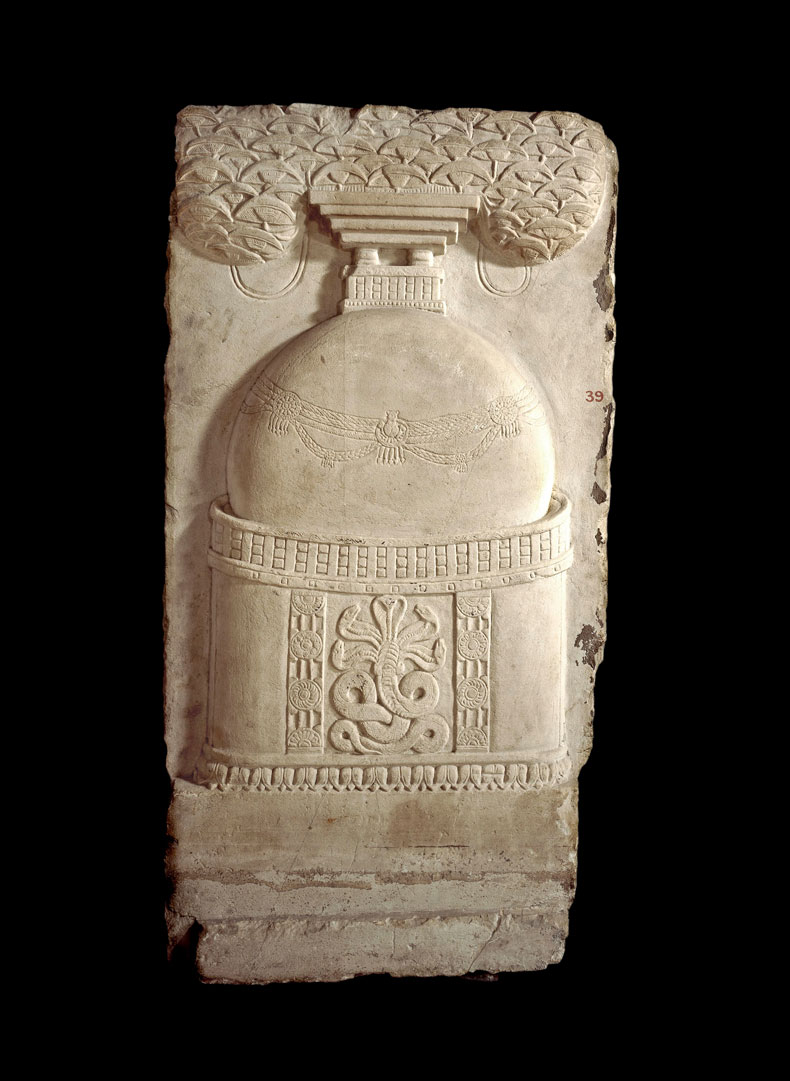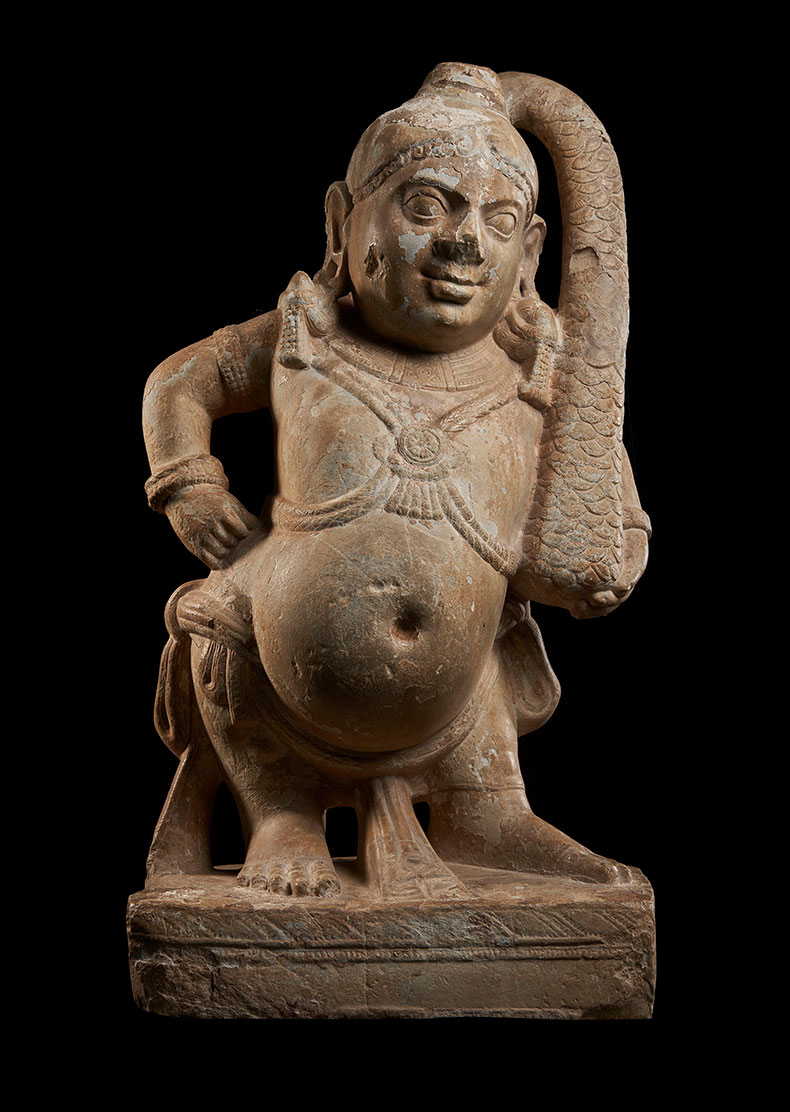How did the teachings of the Buddha transform the art of ancient India? This exhibition at the Metropolitan Museum of Art in New York tells this tale through more than 140 objects loaned from collections worldwide (21 July–13 November). Together these trace the transformation of pre-Buddhist figurative sculpture into the art of a new religion. Highlights include stone sculptures created for stupa – monuments housing religious relics – and new discoveries from a monastic site in the Deccan, south India. Find out more on the Met’s website.
Preview below | View Apollo’s Art Diary

Stupa (early 2nd century), Guntur District, Andhra Pradesh. British Museum, London

Figurine of a deity or courtesan (1st century), Western Deccan. National Archaeological Museum, Naples

Conch shell cornucopia (3rd–4th century CE). Archaeological Museum ASI, Nagarjunakonda, Andhra Pradesh














![Masterpiece [Re]discovery 2022. Photo: Ben Fisher Photography, courtesy of Masterpiece London](http://zephr.apollo-magazine.com/wp-content/uploads/2022/07/MPL2022_4263.jpg)
Suzanne Valadon’s shifting gaze